Exhibition
Bungalow Germania
This year’s German contribution to the 14th International Architecture Exhibition – la Biennale di Venezia, created by architects Alex Lehnerer and Savvas Ciriacidis, responds to Artistic Director Rem Koolhaas’ overarching theme, “Absorbing Modernity: 1914–2014,” by questioning representational architecture. Germany is looking back at a century full of political and social fractures and continuities, in which the nation repeatedly defined itself anew. In this context, BUNGALOW GERMANIA examines the tension between national identity and its built, architectural expression. It hereby not only understands architecture as a reflection of ideological power structures, but also as a constitutive force within existing societal circumstances.
Two buildings of national and historical importance anchor the project within the past century: the German Pavilion and the Kanzlerbungalow [Chancellor Bungalow] in Bonn, realized by Sep Ruf in 1964. The Kanzlerbungalow was ubiquitous in the West German media during the tenure of the Bonn Republic, and functioned as the “nation’s living room.” When the capital of the Federal Republic of Germany moved from Bonn to Berlin in 1999, the Kanzlerbungalow lost its visibility as an object and vanished into oblivion. These two buildings represent two eras of German history, two political systems, and two architectural languages. Both buildings were instrumentalized by their owners as a statement on nationhood or as a promise to the nation.
In Venice, the Pavilion and Bungalow enter into dialogue with each other through an architectural montage. A 1:1 partial replica of the Bungalow creates an accessible spatial installation in its cross-cutting with the architecture of the Pavilion. The instal-lation connects ideas, moments in time, actual places, and spaces. Here the Bungalow’s materials and elements function as media that transport past political gestures and symbolic actions from Bonn to Venice.
The situative conjunction of the two buildings forms a “third space,” which obscures the organization and character of the original spaces. One building thus becomes the key to the other. The Pavilion reads and references itself through the Bungalow, and vice versa, to create a dual legibility. This conversation opens up a spectrum of associations with the forms and uses of these architectures and the (German) history associated with them.
Download Curatorial Statement
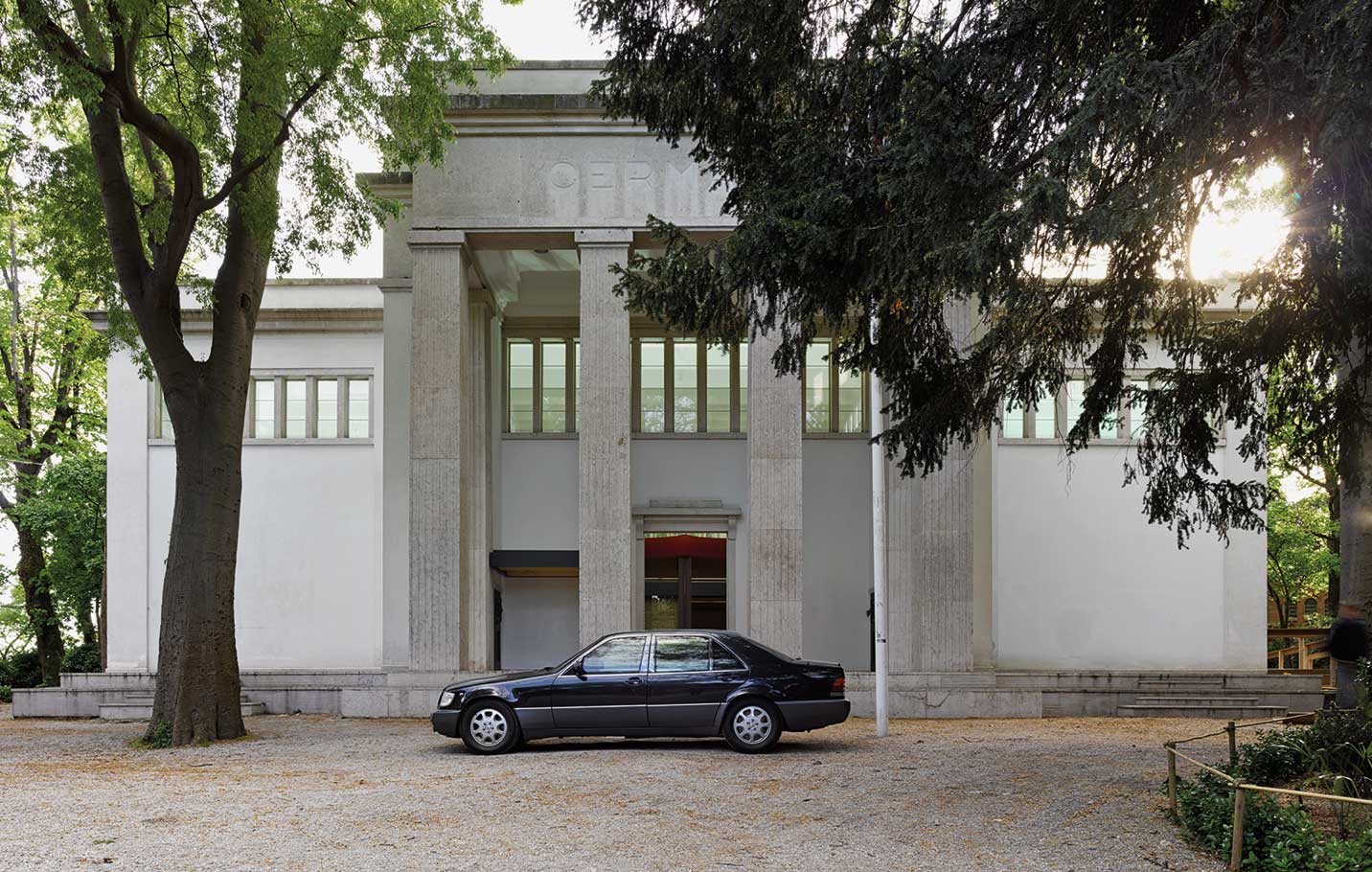
© CLA / Photo: Bas Princen
Two nationally and historically significant buildings encounter each other in Venice in 2014: the German Pavilion and the Kanzlerbungalow [Chancellor's Bungalow] in Bonn, realized in 1964 by Sep Ruf.
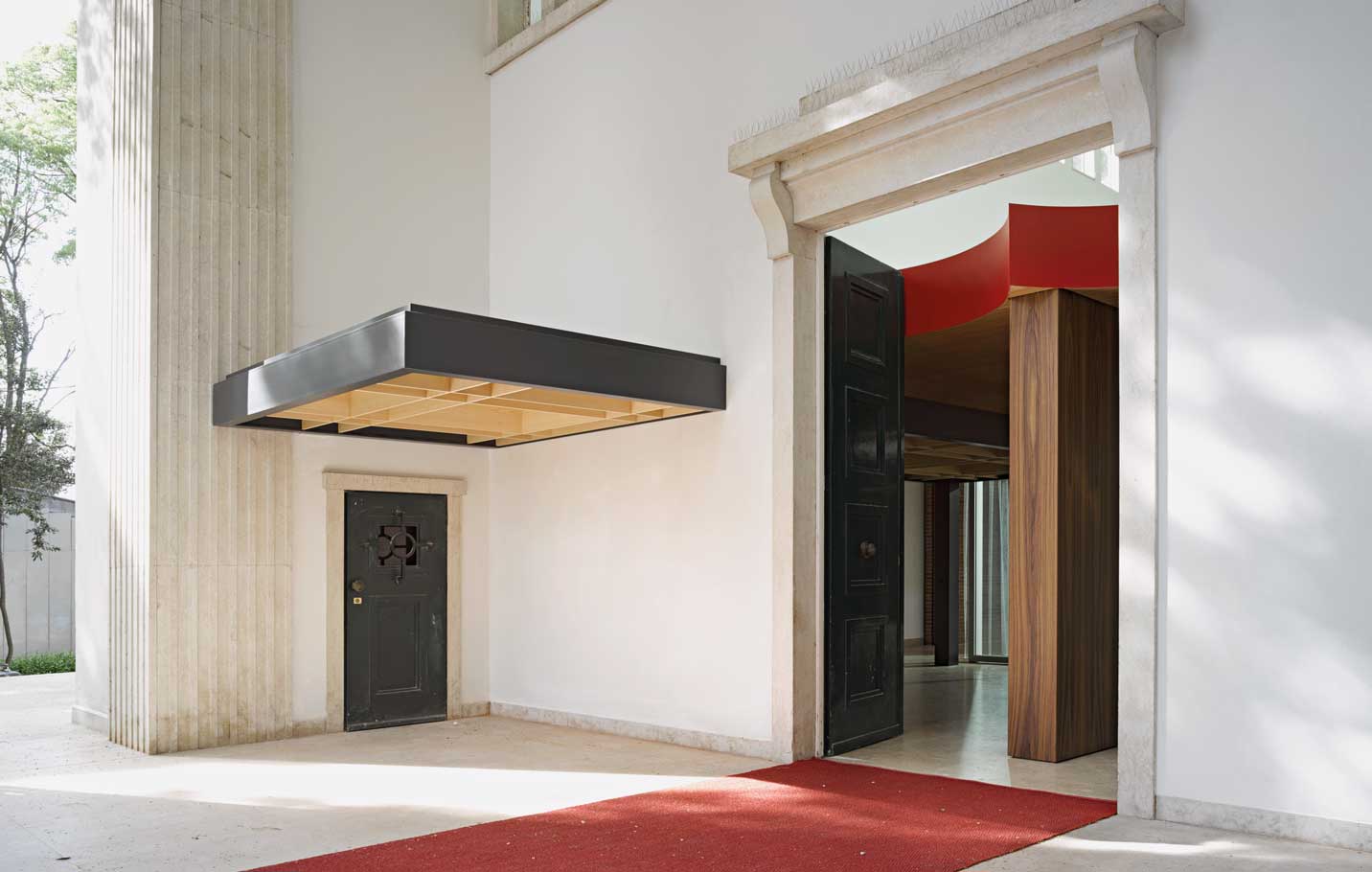
© CLA / Photo: Bas Princen
BUNGALOW GERMANIA is an accessible spatial installation created through the intersection of the partially replicated Kanzlerbungalow in Bonn with the architecture of the German Pavilion.
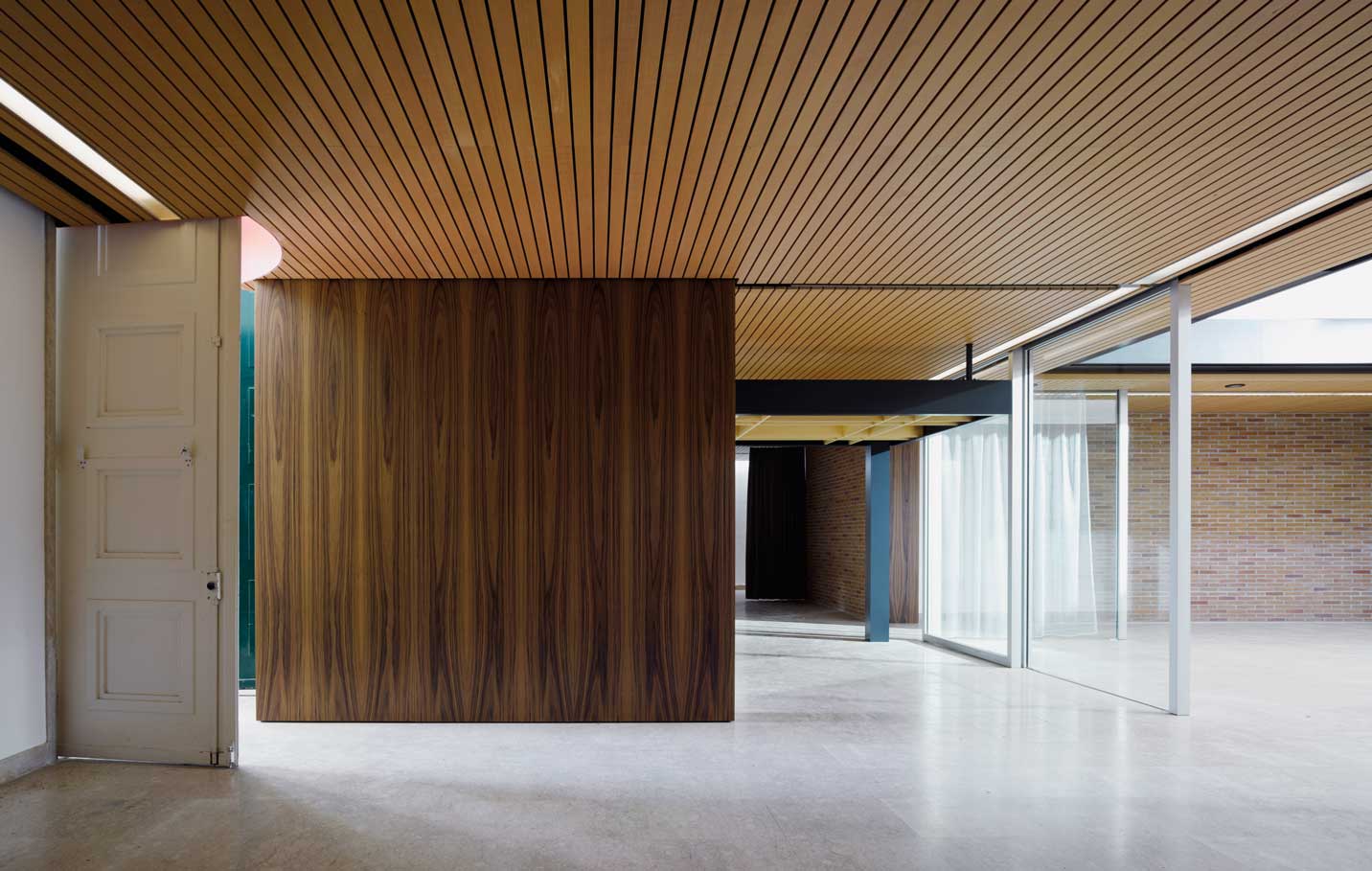
© CLA / Photo: Bas Princen
The situative meeting of the two buildings plays with visitors’ expectations. When they enter the Pavilion through its ten-meter-high portico, visitors suddenly find themselves in the low-ceilinged interior of the Bungalow.
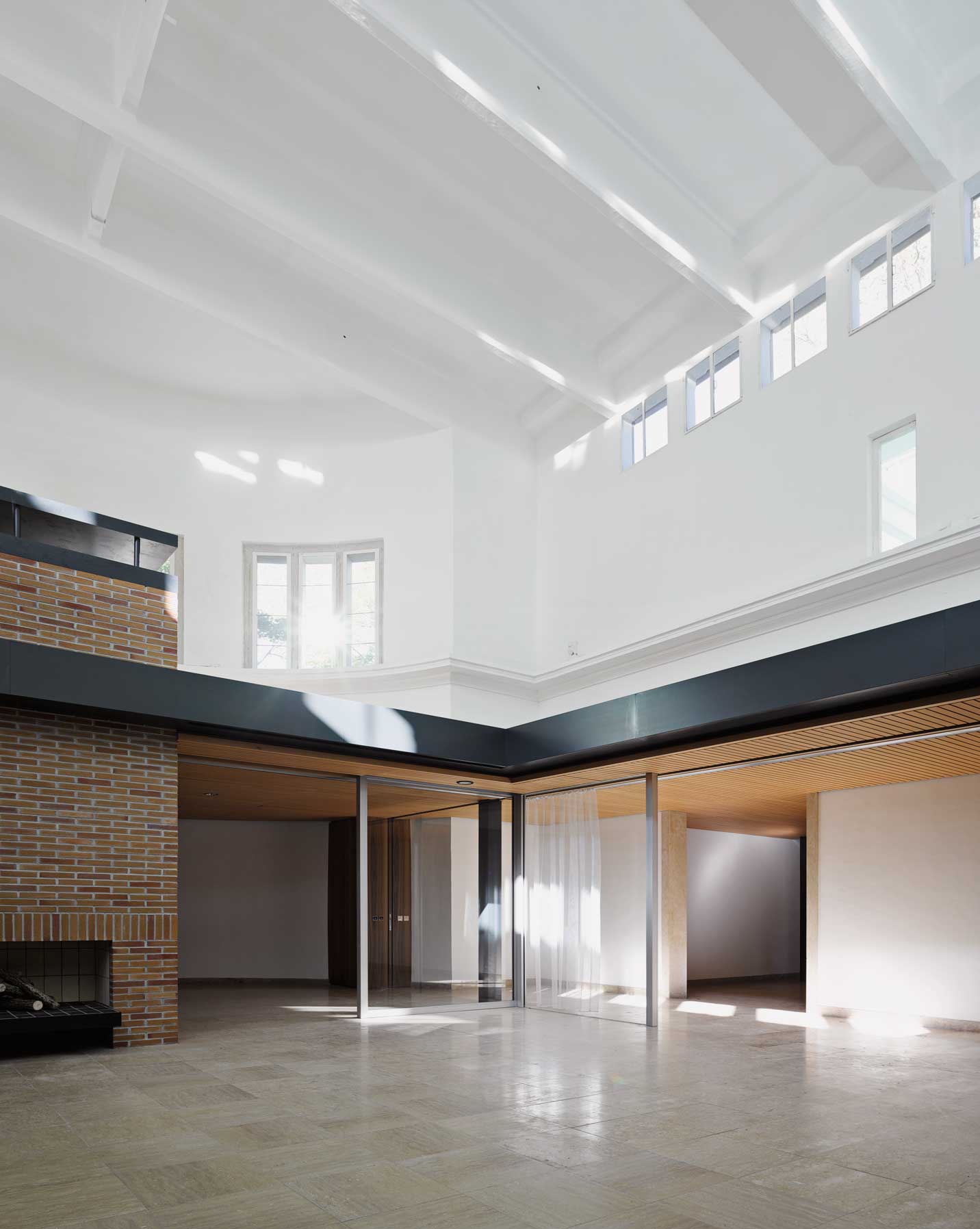
© CLA / Photo: Bas Princen
In the Bungalow’s central patio, the exhibition space opens upward toward the Pavilion’s ceiling. Here, one can see the cornice that encircles the entire room, a remnant of the suspended ceiling that was removed in 1964.
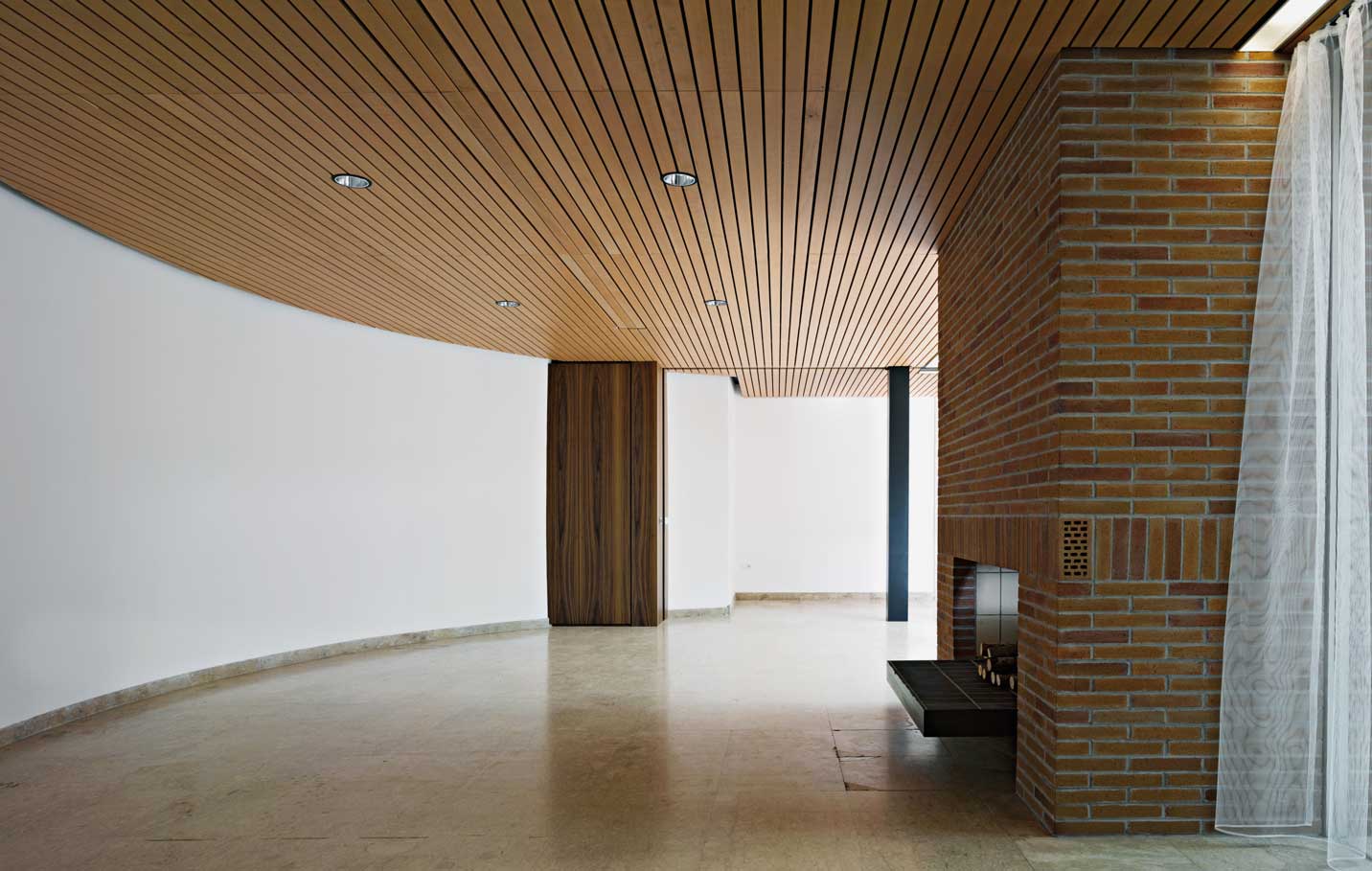
© CLA / Photo: Bas Princen
The elements of the two architectures lose their immediate, clear functional role. They become visible in new constellations and reciprocally exhibit one another. This ambiguity invites viewers to participate actively, and complicates their observation process.
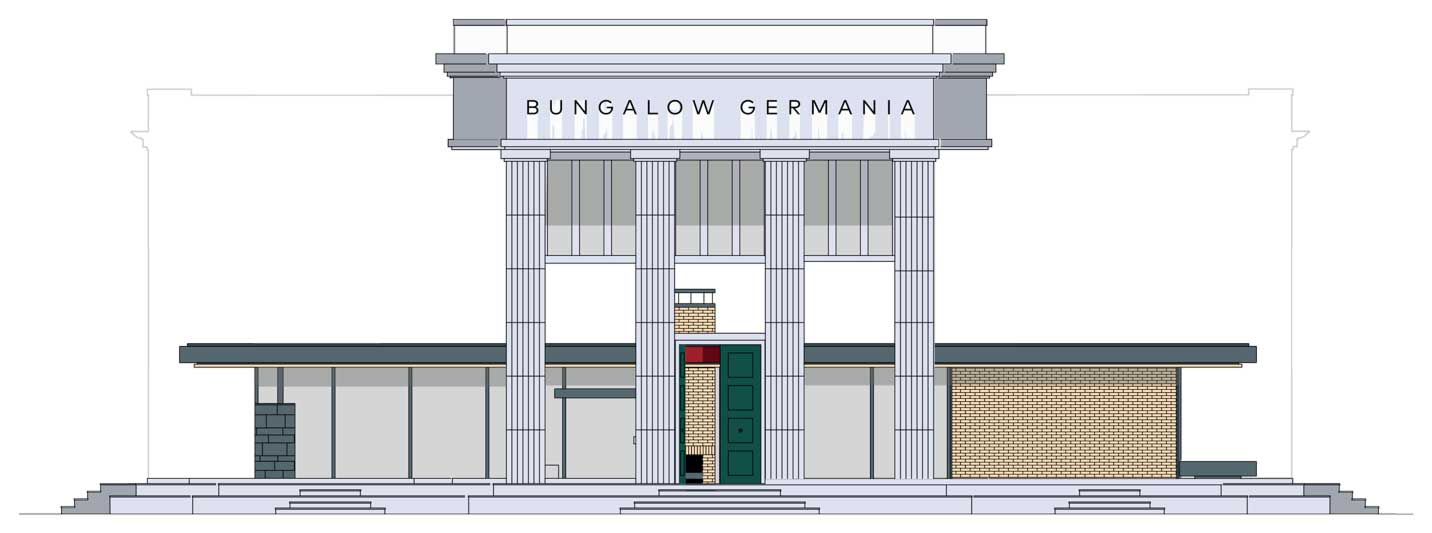
© CLA / ETH, 2014

© CLA / ETH, 2014
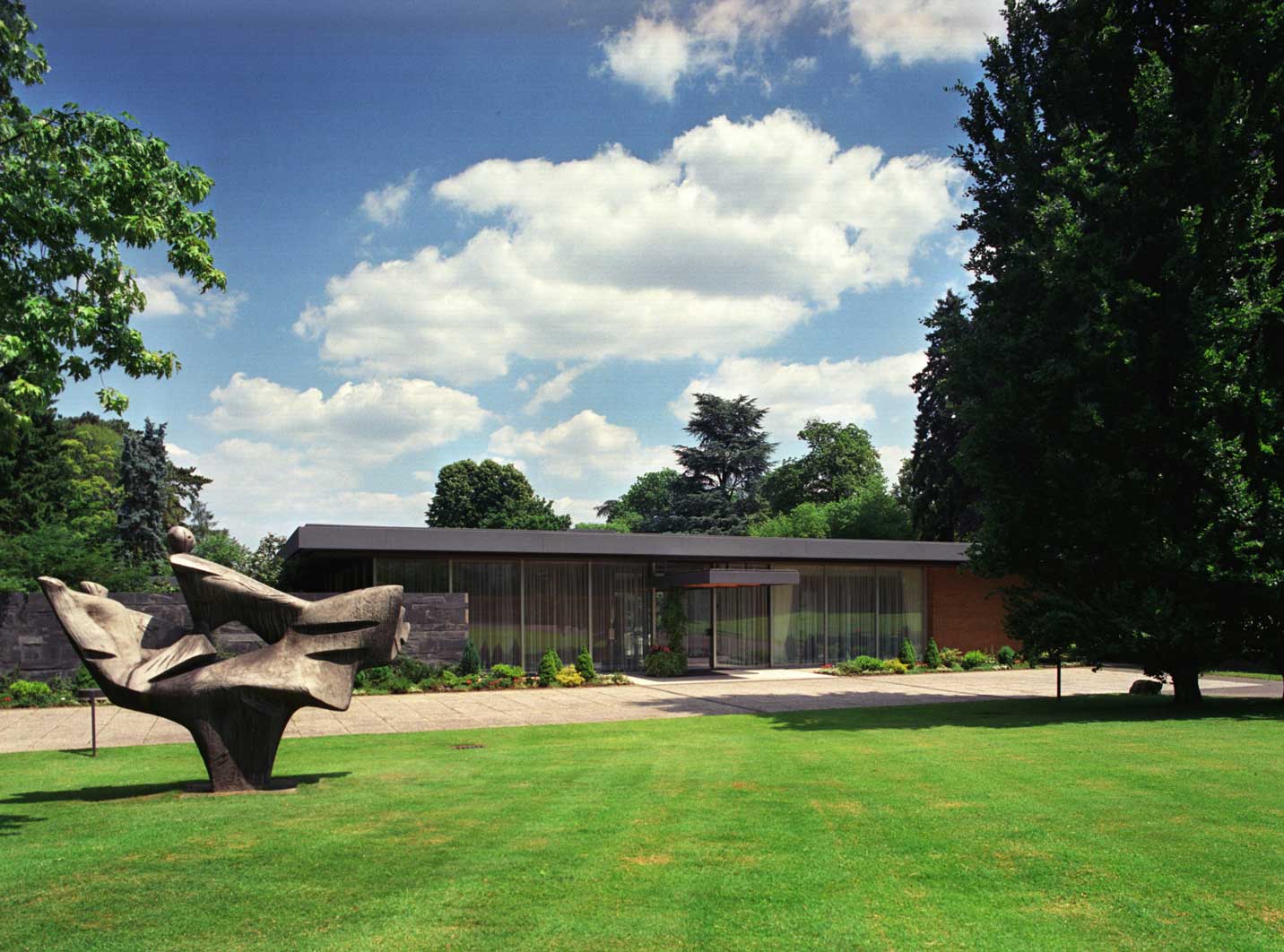
© Bundesregierung / Photo: Lothar Schaack, Sculpture by Bernhard Heiliger: © 2014, ProLitteris
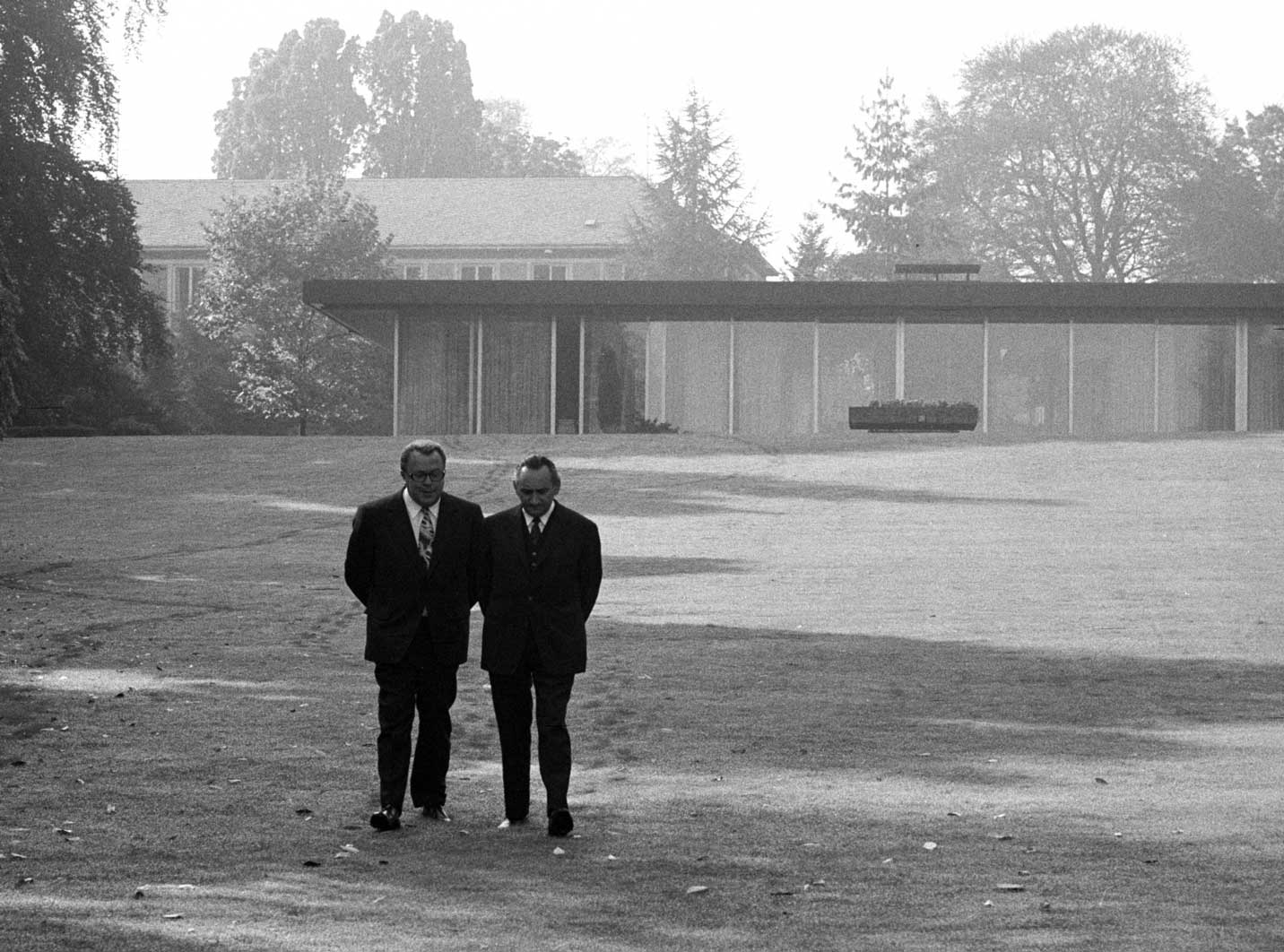
© Bundesregierung / Photo: Ludwig Wegmann
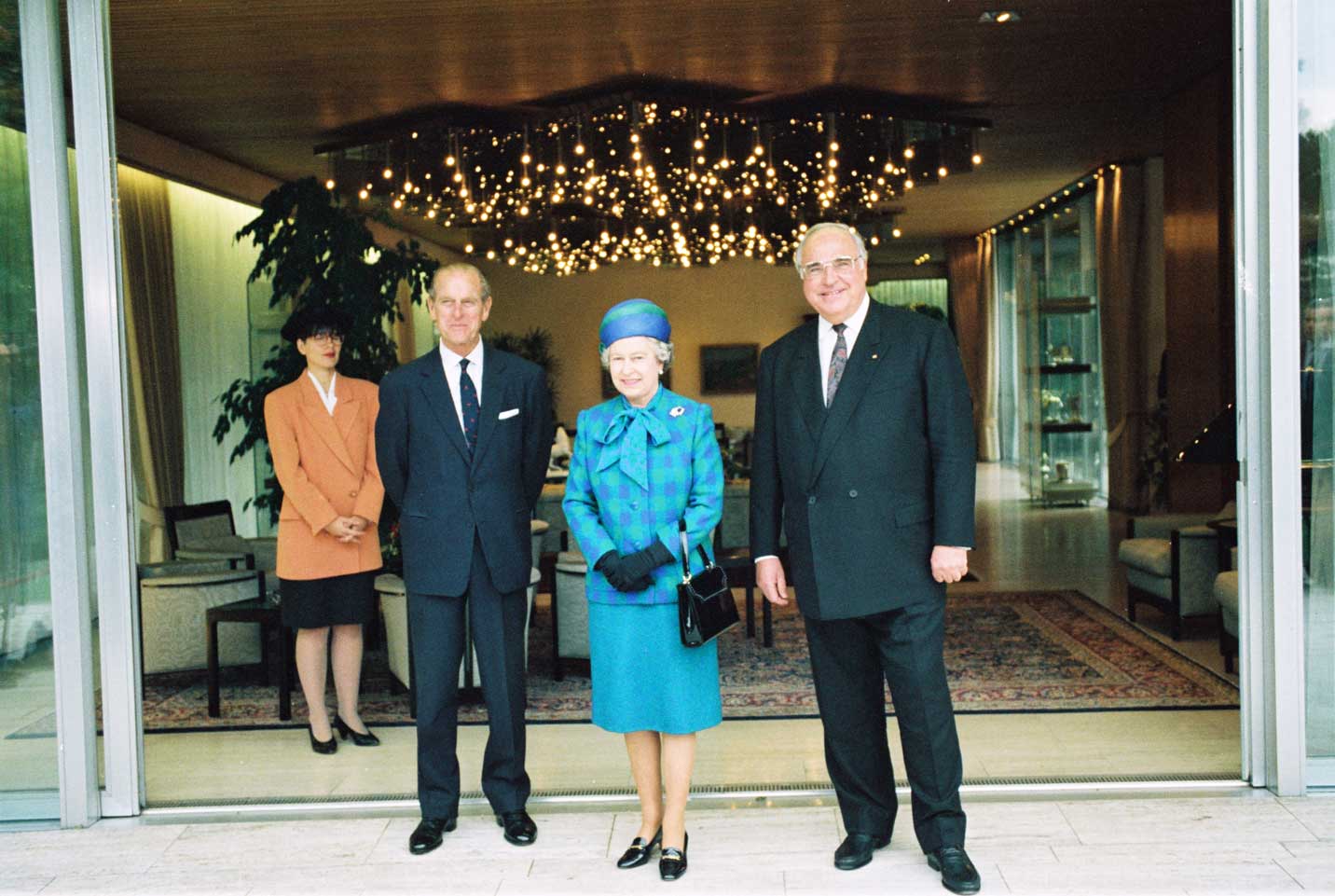
© Bundesregierung / Photo: Christian Stutterheim
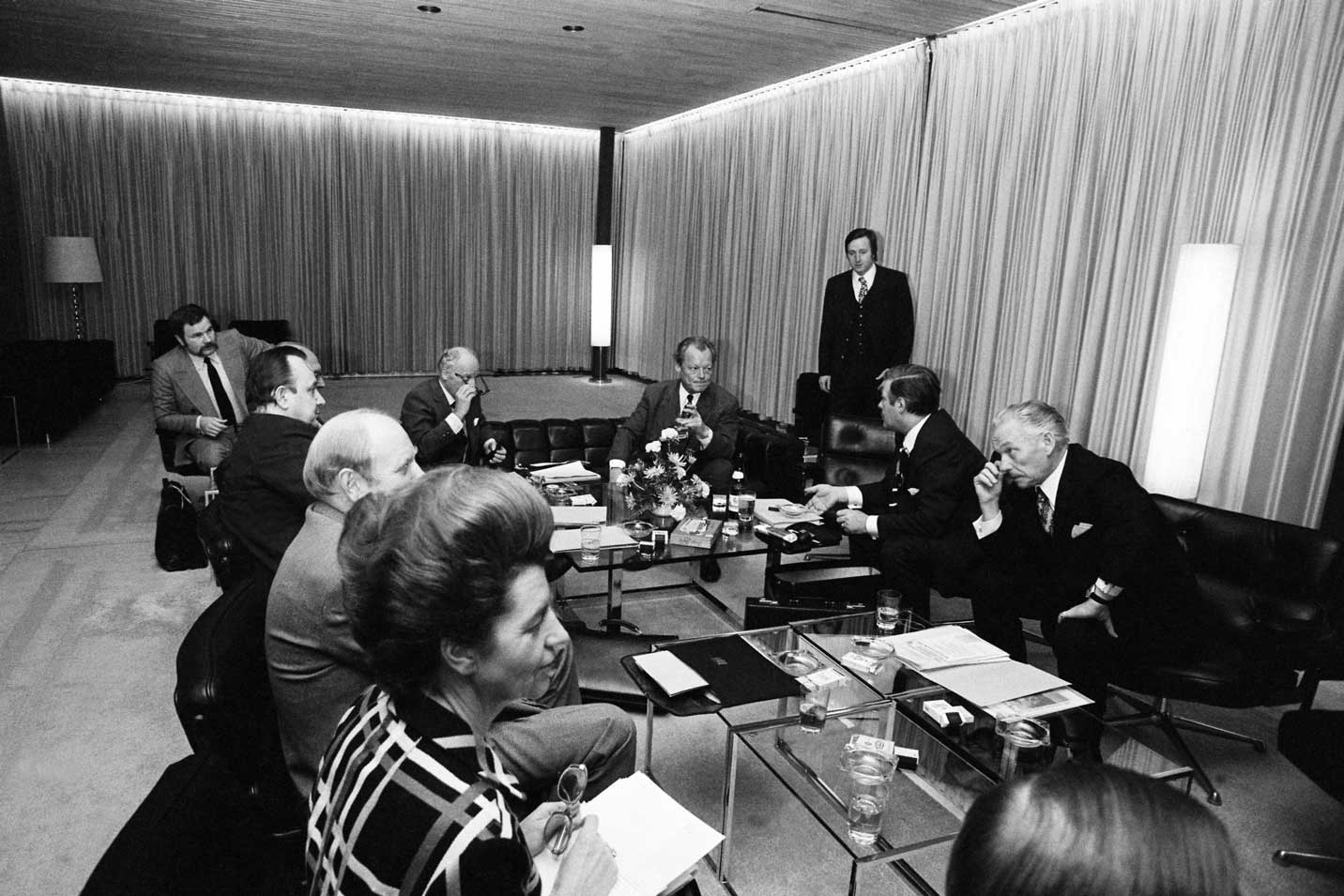
© Bundesregierung / Photo: Ludwig Wegmann